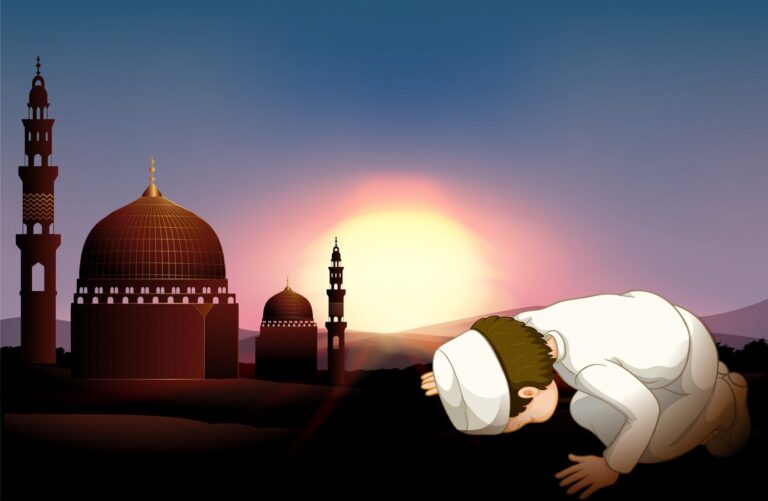Introduction:
Yahatai kodosai is a vibrant cultural tradition that has been passed down through generations. Originating from a rich heritage, this practice embodies deep-rooted customs and values that continue to shape the way people experience life today. In this article, we will delve into the origins, significance, and unique elements of shedding light on its relevance in contemporary society.
1. The Origins of Yahatai Kodosai
Yahatai Kodosai traces its roots to ancient cultural practices, where it began as a way for communities to celebrate harvests, seasons, and important milestones in life. Over the centuries, the ritualistic elements of the tradition have evolved, but the core philosophy has remained consistent. While the practices may vary slightly from region to region, the underlying theme of unity, respect, and gratitude persists throughout.
2. Significance of in Modern Society
In today’s world, where rapid industrialization and technological advancements often lead to a disconnect from traditional values, serves as a bridge between the past and present. The rituals associated with it are a reminder to slow down, reflect, and connect with one’s heritage and community.
3. Key Elements of Yahatai Kodosai: Rituals and Practices
The involvement of every individual in the community enhances the collective spirit, reinforcing the importance of togetherness.
4. Yahatai Kodosai and Its Impact on Community Engagement
The cultural practice of yahatai kodosai extends beyond individual participation and truly shines in its ability to bring communities together. During these events, people often feel a renewed sense of connection to their neighbors and family members, strengthening communal ties. This sense of solidarity and shared purpose fosters a greater understanding of social roles and responsibilities.
5. The Role of Yahatai Kodosai in Preserving Cultural Heritage
One of the most enduring impacts of is its role in preserving cultural heritage. In an era where global influences are rapidly changing local traditions, acts as a safeguarding force, ensuring that ancient customs and wisdom are not lost to time. It provides a platform for storytelling, where elders pass on knowledge through oral traditions, songs, and shared experiences.
Conclusion:
Yahatai Kodosai represents more than just a cultural tradition – it is a living embodiment of community, respect, and connection to both nature and ancestors.
